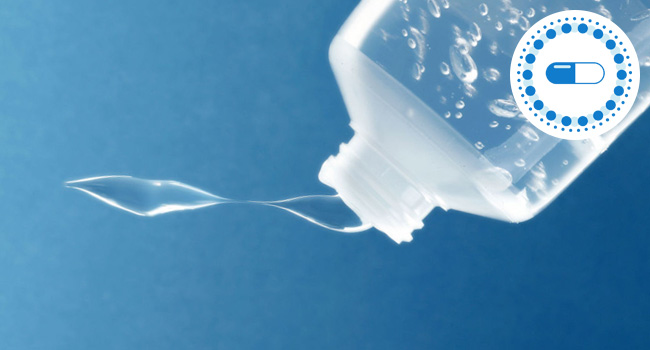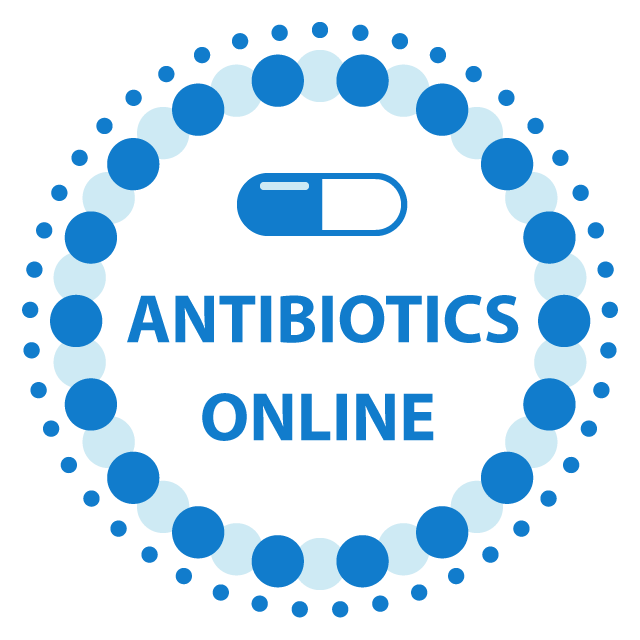Antibiotic Therapy for Dental Use
The gum diseases are always caused by the bacteria that inhabit the oral cavity. The gum diseases are basically infection around the teeth or a tooth. Sometimes, they present with no symptoms. Many people get to know that they have a gingival (gum) disease when they undergo teeth cleaning or periodontal charting.
It has been ages since the medical practitioners totally rely on antibiotics for the treatment of infections in every part of the body. Today, there are antibiotics that are indicated for the treatment of individual infections of the different areas of the body. There are antibiotics that are indicated only for the treatment of oral infections. They are site-specific antibiotics. You need not to take it orally or inject in the blood stream to disperse it throughout the body. The site- specific antibiotics can be placed directly on the site of infection. The medication can be precisely placed on the site of infection and so, only little amount of drug is required to be taken.

The site specific antibiotic are indicated where the pocket is 5mm or more. They are also indicated at the places where other treatment modalities have failed to give results. It is a conservative treatment modality and not an invasive measure.
Procedure
The first step involves cleaning.
The antibiotic is then placed at the site of infection. Treatment can be implied for multiple sites at same time. The area must not be brushed or flossed after the placement of the antibiotic. It takes several months for the place to heal completely. In the duration of treatment, the patient might need to get the medication repeated. In every appointment, the dentist evaluates the total periodontal status.
There are many site-specific periodontal therapies. The American Dental Association and the dental insurance industry have zeroed on an assigned procedure code in context of the site- specific antibiotic therapy. It is not a payable benefit for dental insurance plan though. You must not let the insurance coverage affect he recommended treatment.
The site specific antibiotic therapies are:
- Atridox - A doxycycline hyclate gel - It is placed in diseased pocket. It dissolves in seven to ten days.
- Arestin - A minocycline hyclate powder - It is placed in diseased pocket. It dissolves in seven to ten days.
- Periochip - A chlorhexidine gluconate gelatin disk - It is placed in diseased pocket. It dissolves in seven to ten days.
- Others
The area should not be brushed or flossed for specified days. The patient must also avoid chewing vigorously from the treated area. The patient is then asked to visit he dental clinic after specified days for re- evaluation.
Earlier, the site- specific antibiotic therapy was not available for the areas of difficult access; the person had to rely on thorough cleaning and oral self care. But, today, there are several treatment options available for the areas of difficult access too.
Another option available is to have no treatment or refer a periodontist for surgical correction. Site- specific treatment is conservative as compared to surgery. It can reduce or totally eliminate the surgical corrective measures.

